Hellcat vs. 392: Which One Is the Better Daily Driver?
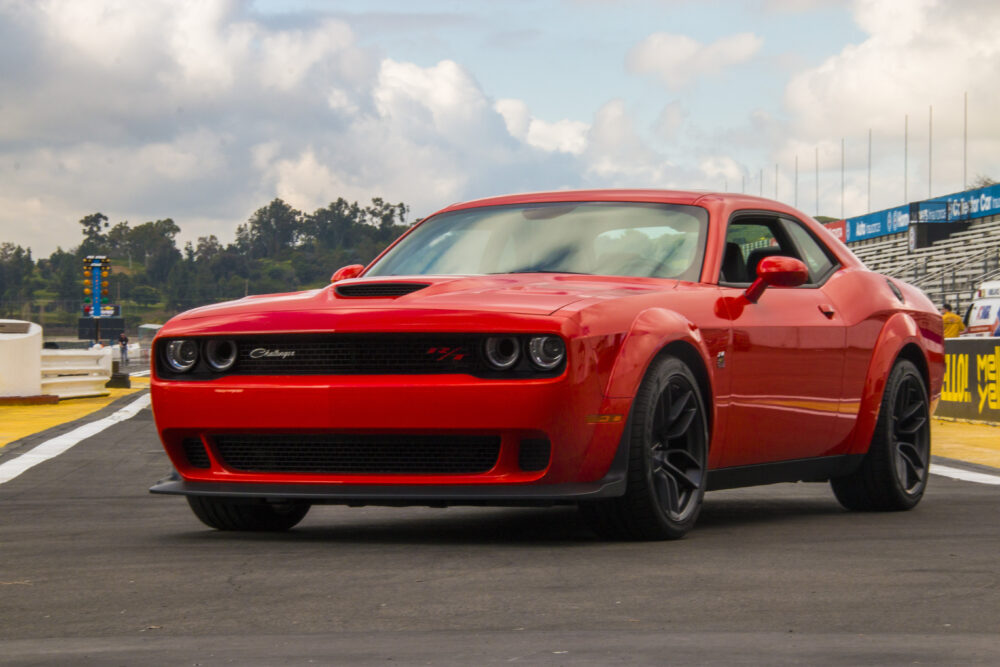
Dodge has something for everyone but some people seem to be torn between the two Mopar powerhouses as daily drivers.
Let it be known that Dodge has the market cornered when it comes to high performance, production V8s—even the lower-end, the 5.7-liter Hemi, puts out a decent amount of usable horsepower for the streets. However, when it comes to Dodge customers these days, most people seem to go either the supercharged route with the Hellcat or grassroots with 392 N/A.
People will argue that “more is more” when it comes to the Hellcat. Others will say “485 horsepower is all you need on the street.” Let’s be honest, the Hellcat Charger’s 707 and Challenger’s 717 (797 for the Challenger Redeye) are utterly addicting. So much so, that you can’t understand why you even need to use anything other than the red key fob. Yet, driving a Scat Pack, is the near-equivalent of driving around with a Hellcat’s black key. And that itself honestly feels like just enough horsepower on the road.
While it seems a bit futile to argue practicality regarding high-HP sports vehicles, we’d like to take a stab at the subject. Both have fantastic engines with different purposes, but which one is the better daily, really?
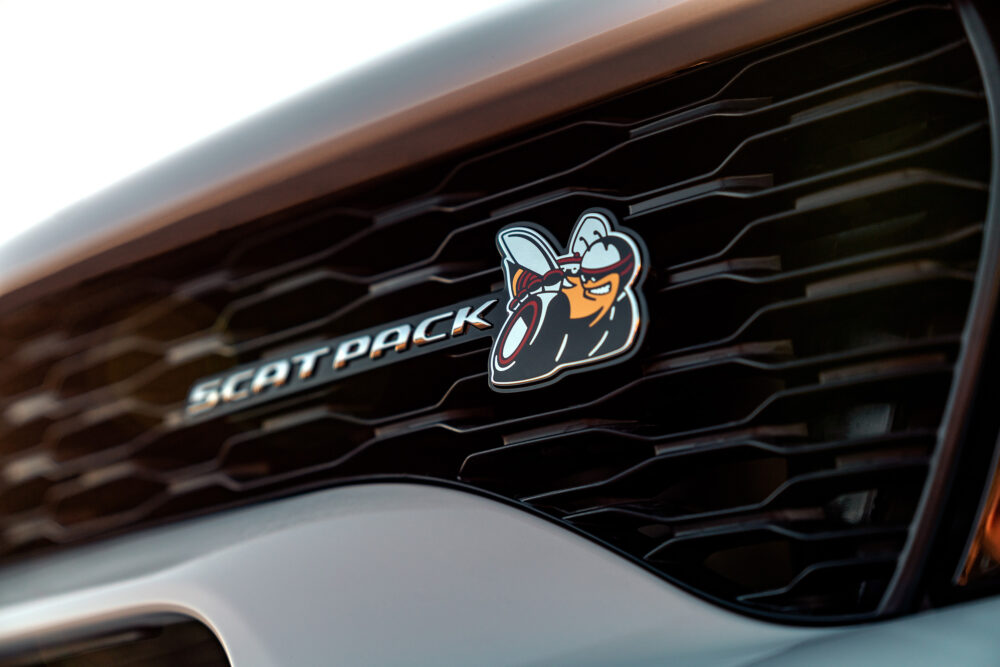
Cost Advantage: Dodge 392
On the outset, the Hellcat loses this battle without even blinking. Normal R/T Scat Packs start just north of $40K (Scat Pack Challenger Widebodies start at $46K), while Hellcats punch in at $60K and $65K for the Challenger and Charger, respectively (sans Gas Guzzler Tax and destination charges). For what it is worth, the standard features on both cars differ greatly, and while you may get a great bargain with the Scat Pack, you make some concessions.
More on that in the next paragraph.
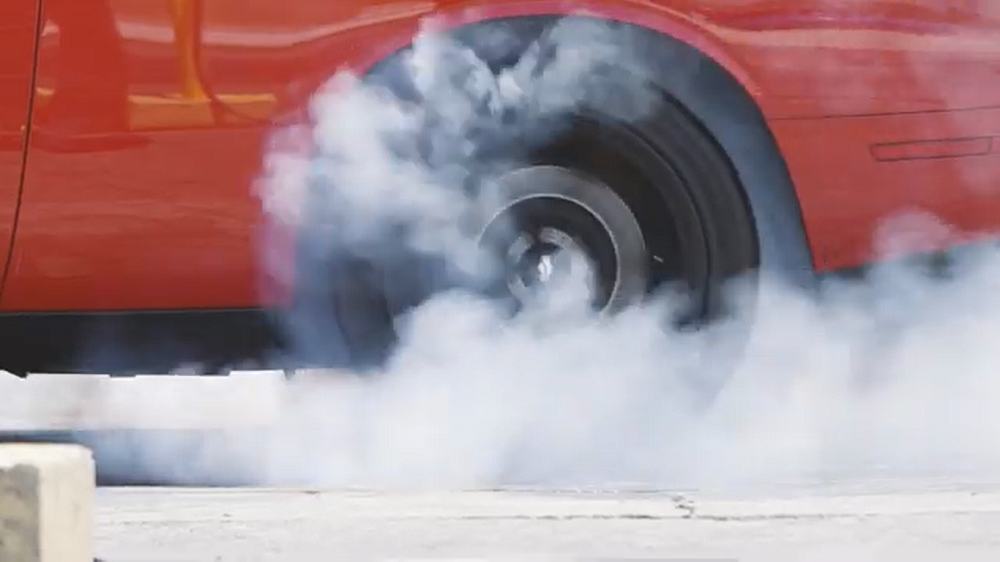
Handling, Stopping Power & Creature Comforts: Hellcat
Whether on the street or the strip, both cars handle themselves exceptionally well. However, the Hellcat has adjustable, active dampers that makes carving corners and running over rough terrain a cinch. The Scat Pack, for lack of better terminology, is purpose-driven; it is a streetable dragster that cuts out the luxury for a bare-knuckled, grassroots brawler experience.
As such, you get smaller 4-piston brakes (Hellcats get 6-piston), smaller tires, no active suspension, no full leather option (only cloth or Alcantara), no lane detection and several other things you’d normally find standard on the Hellcat. You can sort of get around this by adding active suspension and certain packages. But at that point, you’re looking at MSRPs ranging from $45K to $50K, in which you’re better off just spending the extra money to get a base Hellcat if you can swing it.

Getting back to performance matters, the Hellcat and Scat Pack are both fun to drive on a road course, despite their differences. In the story I hyperlinked earlier, I argued that the Scat Pack Widebody (specifically for the Charger in this case) was the better choice for going around brutal bends with its higher lateral G capability and lesser weight. While I think that is still accurate, I really meant that for the track.
It’s more fun to make a slower car go fast than a faster car go slow. And for those who aren’t bona fide track rats, you can definitely still have a ball in the Scat Pack laying the smack down on tight canyon corners and bends (responsibly, that is).
But more is “more” when it comes to the Hellcat, and it’s hard to go back to anything lower-powered after driving one.
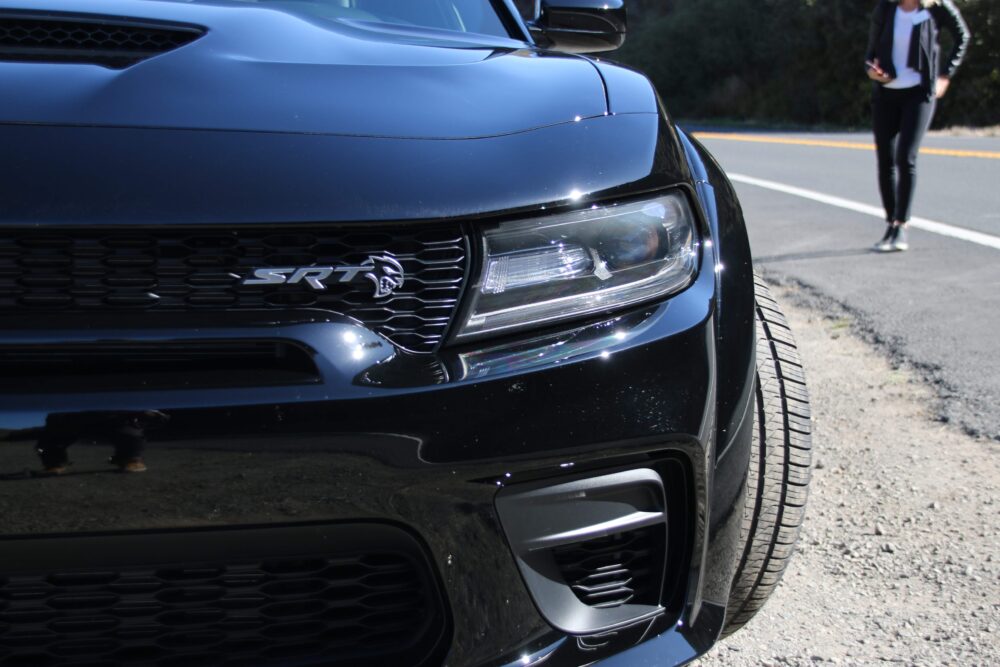
Straightline Performance: Hellcat
There are plenty of people who use their Hellcats as street bruisers and drag strip gladiators, and they have proven themselves time and time again. Alas, the Scat Pack 1320 (currently only available for the Challenger), is touted as the all-round street-to-strip Mopar, while the Hellcat is often paraded as king of the streets.
The Scat Pack 1320 has a transbrake (yes, the same one in the Dodge Demon). It allows the Challenger to launch via the transmission by locking the output shaft and holding the car between first and second gear (locks three clutches in first and one clutch in second).
The transbrake feature is the better route than the Hellcat’s solution. The reason is because you’re no longer relying on the front brakes locking up—you are now using the shift paddles instead of the brake pedal. Both use torque reserves, but only the transbrake has one-foot operation (with paddle shifter operation, of course). Fewer processes, better responsiveness at the light tree.
Of course, the Hellcat still has way more horsepower, so despite having some Demon traits, the only way a Scat Pack will legitimately take on the hellish kitty Mopar in a straight line is if it is done like this. Granted, not everyone has drag racing in their blood (or even racing period), so we also need to consider those who simply want bragging rights. More on the next segment.
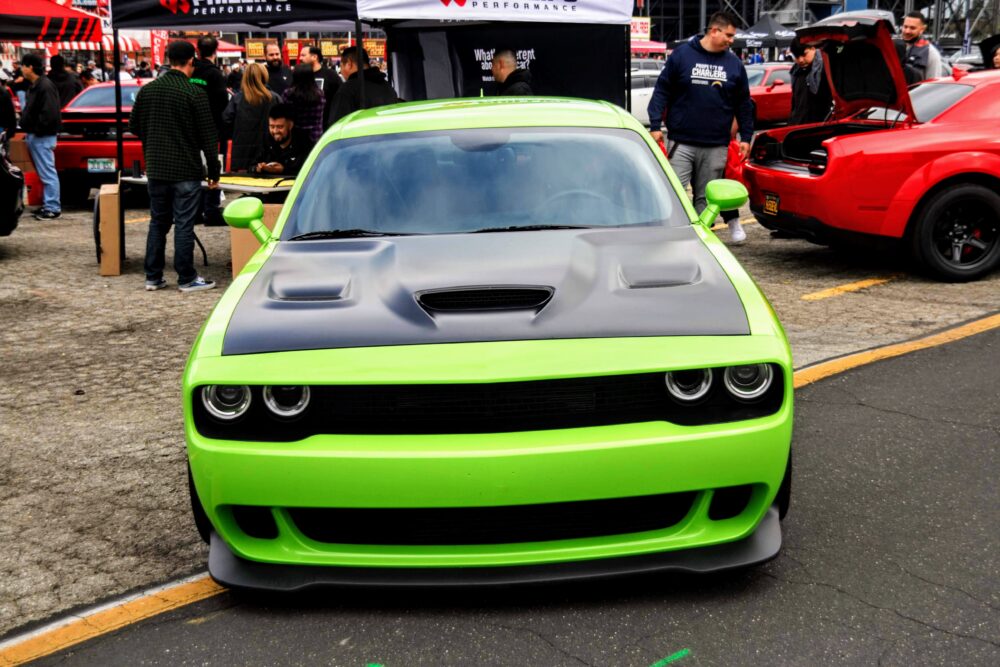
Horsepower Headroom: Hellcat
It’s a well-known fact that once the PCM is unlocked in Hellcats, you can go mod and tune crazy on them. With a full-bolt on, cammed, E85, aggressively tuned supercharged 6.2-liter 376, you can eke out a good 900-plus to the wheels without much effort. For Scat Packs, it’s a little trickier. You can still run boost on the Scats, but it isn’t as easy.
Supercharging, specifically speaking, is a challenge. YouTube Channel R/T Life explains that the ringlands on the 6.4-liter sit pretty close to the top of the pistons (for emissions, presumably). Add that to a general lack of forged internals from the factory and you’re looking at overhauling your entire bottom end. You can obviously also go the route of turbocharging but that can get cost prohibitive really quickly, too.
But what if you have no interest in power modding? Well, let’s move on then.
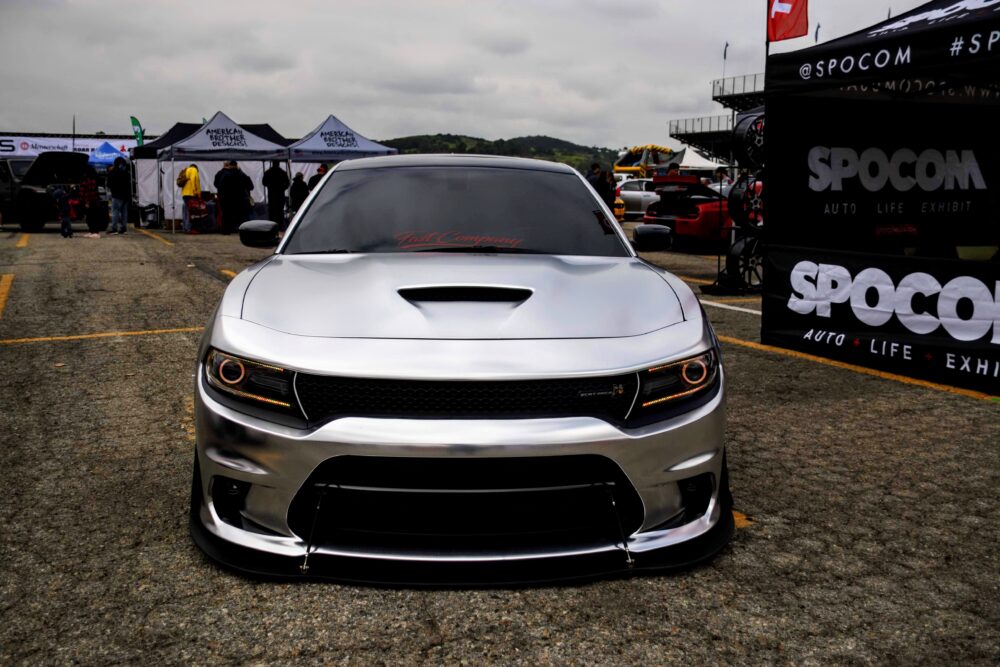
Fuel Economy: 392
Being real for a moment, nobody buys these cars to save fuel. You get them to go fast and burn gas. No equivocations there. However, if we look at just how much fuel they use between them, the Scat Pack would technically be the better choice in this case with an MPG rating of 15/24 as opposed to the Hellcat’s 13/22. It’s not much of a difference, but clearly an extra 222 (232 if you include the Redeye Challenger) horsepower is more than a fair trade-off for a couple of measly mpg.
Yet for what it is worth, you can presumably count on making fewer gas station runs in a Scat Pack than a Hellcat.
Final Verdict
Yes, it’s obvious for us that the Hellcat is the victor in this exercise for its power and fun factor. If you can afford it, that is. However, the Scat Pack is most certainly no slouch at 485 horsepower and is still very fun to drive in the same scenarios you’d put a Hellcat in.
What do you all think? Scat or Cat? Let us know in the forums.
Photos for Dodge Forum by Derin Richardson
